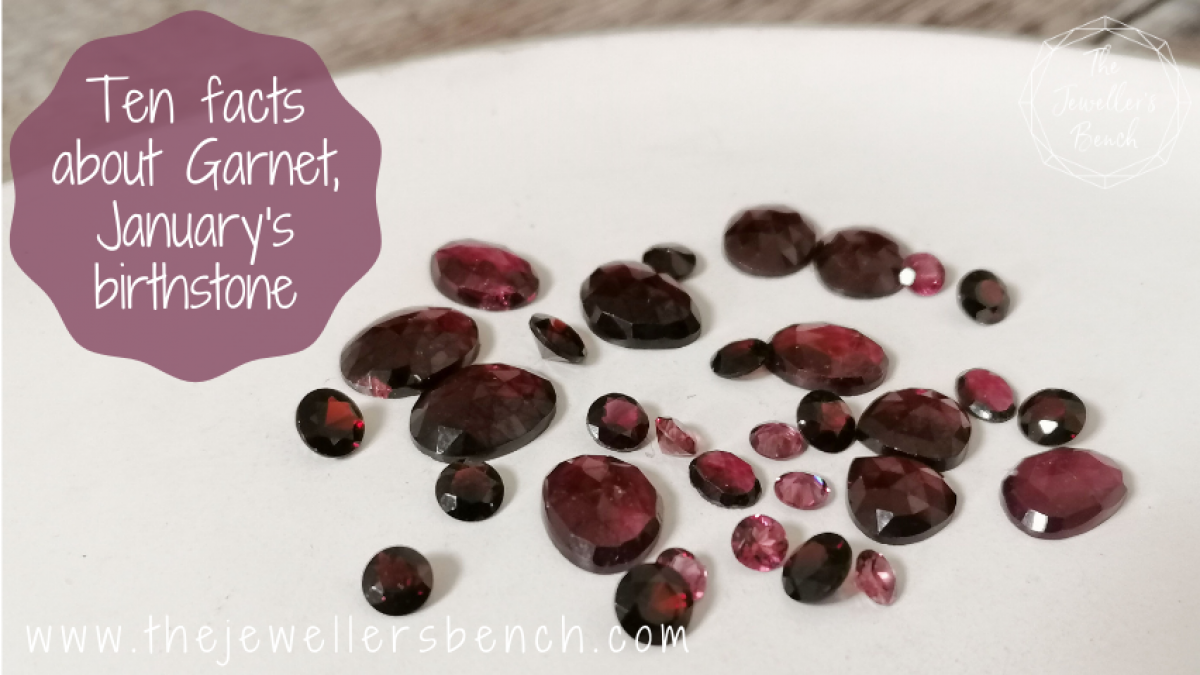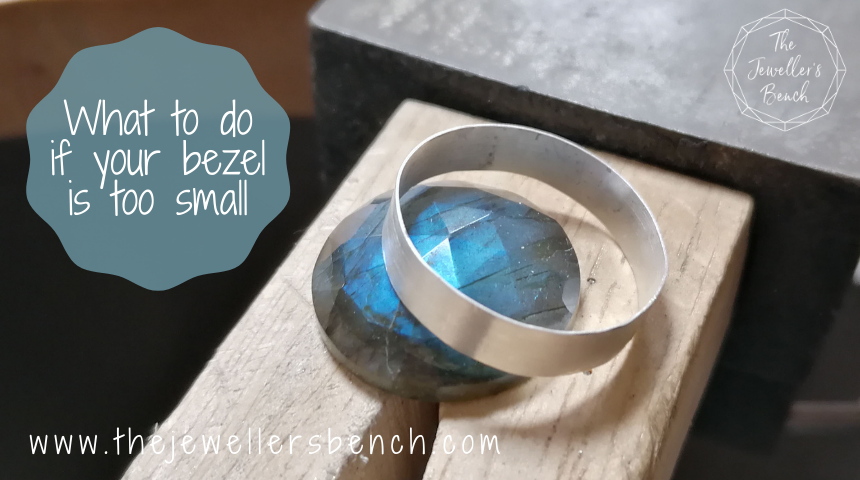Ten Facts about Garnet, January's birthstone

Popular throughout the centuries from Biblical times to now, Garnet is one of January's birthstones. Read on to find out more!
Popular throughout the centuries from Biblical times to now, Garnet is one of January's birthstones.
Read on to find out more about why it's formation is unusual, it's beautiful range of colours and ancient garnet beliefs!

1. Garnet is most commonly associated with a gorgeous deep red (Almandine garnets), but it actually exists in a rainbow of colours - except for blue.
Most January birthstone jewellery is red, however, because that is what people expect. Each type of garnet has it's own colour. My favourite is the pinky raspberry red Rhodolite garnet.
2. Other garnets include Hessonite (warm yellow to browny reddish tones, as shown to the left), Andradite (greeny olive, dark yellow or even black), Grossular (most often green but also comes in yellow, gold, orange and scarlet), Pyrope (amazing shades of red and even violet and indigo).
3. Garnets are one of the rare gemstones not mined! Garnets are actually commonly found as small pebbles in streams and watery places, where the igneous and metamorphic rocks that contain them have weathered away. These pebbles are found in many places around the world, including North and South America, Australia, and India.
4. The chemical composition of garnet varies from colour to colour and so the atomic bonds in some species are stronger than in others. As a result, this mineral group shows a range of hardness on the of about 6.5 to 7.5 on the mohs hardness scale.
5. The word “garnet” comes from the 14th Century Middle English word “gernet” meaning dark red. The word is derived from Latin “granatum” which means seed, and is called so because of the gemstone’s resemblance to the beautifully red seeds of the pomegranate.

6. The Victorians made garnets very popular. Some of the loveliest garnet jewelry from that era mimics its pomegranate namesake, with clusters of tiny red gems forming a larger statement piece.
7. Ancient warriors believed that garnets brought them victory, and Asian warriors believed that glowing garnets, which could be used as bullets, inflicted more severe wounds!
8. Garnet is also thought to have healing powers. In Medieval times, they were thought to protect its wearer against poisons, wounds and bad dreams, as well as cure depression. Red garnets in particular relieved fever, hemorrhages and inflammatory diseases. The Crusaders used them as protection against wounds and accidents during their journeys.

9. The garnet is so durable that remnants of garnet jewelry can be found as far back as the Bronze Age. Other references go back to 3100 BC when the Egyptians used garnet as inlays in their jewelry and carvings. The Egyptians even said it was the symbol of life.
10. Garnet is the official gemstone of New York state.
11. And a lastly bonus fact for you that is actually my favourite one... the garnet symbolises deep and lasting friendship so you should give a garnet to someone whose friendship you deeply value!
Want to find out more about using gemstones in your jewellery?
Here are some useful blog posts and tutorials.
Categories: : birthstones, did you know, jewellery facts

Joanne Tinley
Tutor and Founder of The Jeweller's Bench
The Jeweller's Bench is run by Joanne Tinley. She has been making her own jewellery for as long as she can remember and left her first career as a school teacher to set up business as a jewellery designer and tutor nearly 20 years ago. She is
self-taught and like many people started with wire and beads. Learning how to solder, however, opened up a whole new world of jewellery making, one that she is keen to share!
 Joanne Tinley
Joanne Tinley 



